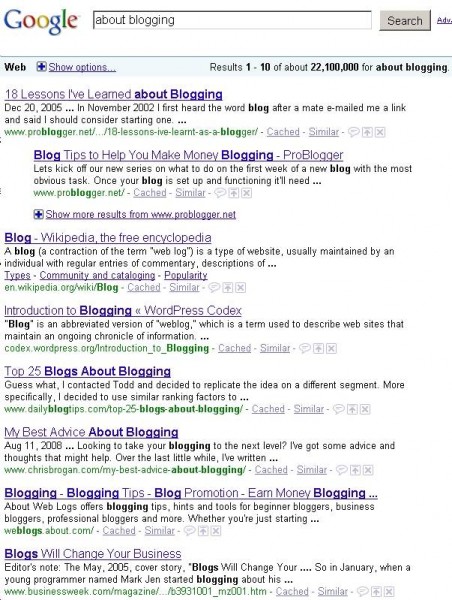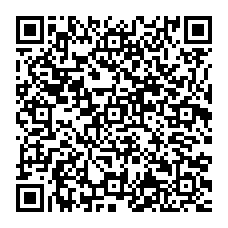Your Website Strategy
Read this absolutely brilliant article at The Real Estate Tomato™ about planning and maintaining your website. It’s aimed at real estate professionals but applies to nearly everyone.
Now go 🙂
Read this absolutely brilliant article at The Real Estate Tomato™ about planning and maintaining your website. It’s aimed at real estate professionals but applies to nearly everyone.
Now go 🙂
Do you want to make a computer-geek / programmer nervous? Put him to work designing a website for true artists and craftsmen!
Fortunately these artists and craftsmen were looking for a clean and simple design that would show off their work, not mine. They’ll be adding to the Gallery, but the folks at Formula 1 already have some example of the work they do and it is fantastic.
 I have the great good fortune to be a volunteer with The Fin Foundation, a local non-profit started by my friend Shaun Pipes. He and a number of volunteers give presentations to local schools, and others all over the Southwest, about our oceans. I’m proud to say I certified Shaun as a diver in the early part of my 19 year run as a scuba instructor, I’ve been on hiatus for the last 3 years. Shaun teaches and is active in the industry and has a, if you’ll pardon the pun, very deep background in marine science and biology. Take a moment to check out my contribution, I built the website that they themselves maintain.
I have the great good fortune to be a volunteer with The Fin Foundation, a local non-profit started by my friend Shaun Pipes. He and a number of volunteers give presentations to local schools, and others all over the Southwest, about our oceans. I’m proud to say I certified Shaun as a diver in the early part of my 19 year run as a scuba instructor, I’ve been on hiatus for the last 3 years. Shaun teaches and is active in the industry and has a, if you’ll pardon the pun, very deep background in marine science and biology. Take a moment to check out my contribution, I built the website that they themselves maintain.
 I’m primarily a programmer, but I have enough background in business, marketing, communication, and development / sales, that I get a lot of questions from clients and prospective clients about website content and blogging. Since we started discussing online marketing for businesses and non-profits in my Goin’ Fishin’ post, this will just continue on with those ideas a bit.
I’m primarily a programmer, but I have enough background in business, marketing, communication, and development / sales, that I get a lot of questions from clients and prospective clients about website content and blogging. Since we started discussing online marketing for businesses and non-profits in my Goin’ Fishin’ post, this will just continue on with those ideas a bit.
As you can see to the right, there’s no shortage of advice available “about blogging.” 22,100,000 hits on Google suggests that everyone online has an opinion or two on the subject. I’ll try to keep my thoughts short and simple and will suggest you take some time to see what some of those others have to say as well.
If you try to be someone else it’ll eventually, if not immediately, be obvious to your readers and it won’t help you.
That said, be the “best” version of yourself you can be. Be positive and more people will pay attention to you. If you need an outlet to express anything negative, find one outside of your business. If you have bad news to share, or a sad story that is relevant, then do it. Just find something useful or positive about it to include.
Though we’re focused on what to blog about, it’s wise to have boundaries as to what not to blog. In keeping with my intent to keep this simple, here’s one rule regarding communication on the ‘net: if you wouldn’t be comfortable saying it openly and publicly to your clients, friends, family, and anyone else that you know, then you shouldn’t say it on the ‘net.
You cannot be all things to all people in your business, nor can you with your blog. Stick to news and useful information, focused on you and your business, particularly on those things where you have a unique or significant level of expertise.
Also aim small in your posts. If you can keep them short, interesting, and valuable, you are doing great things. Post enough to be timely and interesting, but no so much that readers abandon your blog because they cannot keep up.
It’s been said that for the person whose only tool is a hammer, every problem looks like a nail. On the web, and in your blog, the primary tools are text, links, and images, as well as video and audio if you choose to learn just a little bit about their production. A simple graph or chart, or even just a picture, is often all you need to communicate a point. In some cases no amount of verbiage can communicate what a video clip might be capable of doing in just a few seconds.
Finding or creating appropriate content other than text is hard work, there is no doubt about it. The return on that investment of time can be substantial though, in many cases making the difference between a post that draws little interest or attention and one which attracts a large amount of traffic and interaction.
Solicit opinions, ask questions, encourage the communication to go in all directions. The real power of the ‘net is that everyone can communicate. For example, and as a conclusion, I welcome your comments below.
 If you haven’t heard about or seen QR codes, you’re not alone. But don’t expect that to last much longer. The short explanation is that the funny looking computer generated image to the right is called a QR code (quick read) and it is very much like a bar code but it contains a lot more digital data. They are read with a cell phone or pda camera and can contain a simple web link, a text message, or a contact record in vCard format.
If you haven’t heard about or seen QR codes, you’re not alone. But don’t expect that to last much longer. The short explanation is that the funny looking computer generated image to the right is called a QR code (quick read) and it is very much like a bar code but it contains a lot more digital data. They are read with a cell phone or pda camera and can contain a simple web link, a text message, or a contact record in vCard format.
You can learn a lot more at QR Stuff, more than I could ever put together here. You can also read the Wikipedia entry.
Real Estate Professionals: can you imagine printing a simple code like this onto a sticky label and adding it to your cards, flyers, and signs? Each one could have different information on it, as well as links to specific pages on your website. Each property you promote could have its own page on your site and someone could get that link as easy as aiming their phone’s camera at it.
Imagine the possibilities!